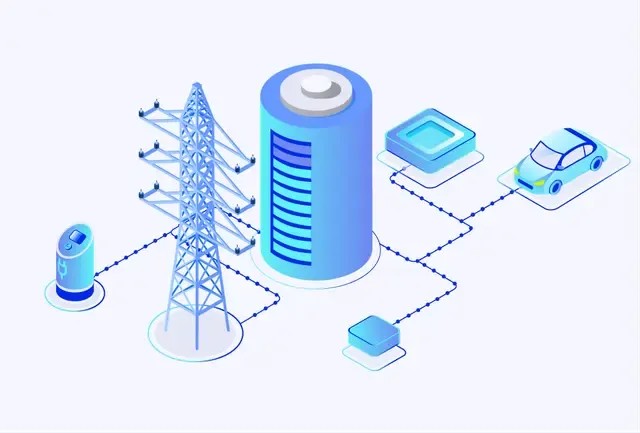


Open Smart Charging Protocol (OSCP) for EV Charging
Introduction
As a professional EV charger manufacturer in China, Topper Company delivers dependable electric vehicle charging stations and comprehensive charging solutions.
As electric vehicle (EV) adoption continues to accelerate worldwide, efficient energy distribution and smart charging solutions have become critical. The Open Smart Charging Protocol (OSCP) plays a pivotal role in balancing electricity supply and demand across EV charging networks. As an open standard, OSCP enables seamless communication between charge point operators (CPOs), distribution system operators (DSOs), and energy management systems (EMS), facilitating smarter, grid-friendly charging.
This article explores the OSCP’s core features, its evolution, and how it enables intelligent energy management within EV infrastructure.
What is the OSCP Protocol?
The Open Smart Charging Protocol (OSCP) is an open communication standard designed to optimize electricity distribution within EV charging networks. It allows DSOs and site owners to share a 24-hour forecast of grid capacity with CPOs, enabling dynamic adjustment of EV charging schedules. By aligning charging with real-time grid constraints, OSCP improves grid stability, prevents overload, and promotes cost-effective electricity usage.
Managed by the Open Charge Alliance (OCA), OSCP offers a structured framework integrating EV chargers into broader energy management ecosystems.
Evolution of OSCP: From Version 1.0 to 2.0
OSCP 1.0 (2015): Introduced a standardized way for DSOs to communicate energy availability to CPOs, focusing on EV charging coordination.
OSCP 2.0 (2020): Expanded beyond EV charging, embracing a wider energy ecosystem by supporting various flexibility resources like battery storage and heat pumps. It enhanced terminology and functionality to support future energy networks.
How Does OSCP Work?
OSCP 2.0 defines roles for stakeholders within the energy network:
Flexibility Resource: Devices that can adjust their electricity consumption or generation, such as EVs, batteries, or heat pumps.
Flexibility Provider: Manages flexibility resources; typically, CPOs who ensure charging stays within energy limits. OSCP facilitates communication but does not dictate control methods.
Capacity Provider: Usually DSOs or EMS, they set energy limits and oversee grid capacity without directly controlling devices.
The protocol ensures that charging aligns with network capacity forecasts, optimizing power distribution and avoiding grid congestion.
Application of OSCP
OSCP empowers charge point operators to dynamically manage power loads across EV networks by leveraging real-time data on grid capacity, electricity prices, and demand patterns. For example, charging can be scaled down during peak grid usage and accelerated when surplus energy is available.
Its ability to work from a 24-hour grid capacity forecast enables operators to anticipate power availability and balance loads proactively, supporting sustainable energy use and delivering reliable EV charging.
Benefits of OSCP in EV Charging
Grid Stability: Prevents overloads by forecasting capacity and adjusting loads accordingly.
Optimized Energy Use: Aligns charging with renewable energy availability, reducing waste.
Cost Savings: Enables charging during off-peak hours with lower electricity rates.
Scalability: Open standard that integrates easily with diverse energy management systems.
Enhanced Communication: Facilitates coordination between DSOs, CPOs, and service providers.
Future Prospects of OSCP in the EV Industry
With electrification trends rising, OSCP will support:
Vehicle-to-Grid (V2G) Integration: Allowing EVs to feed power back to the grid during peak demand.
Renewable Energy Synergy: Better syncing charging with clean energy generation.
Advanced Forecasting: Using AI and machine learning to refine demand predictions and optimize grid use.
Conclusion
OSCP offers a robust framework for intelligent energy management in EV charging networks. By enabling real-time, standardized communication among key stakeholders, it ensures EV charging is sustainable, cost-effective, and grid-friendly. As smart charging technologies evolve, OSCP will be central to the future of electric mobility and grid stability.Know more about Google SEO Directory
